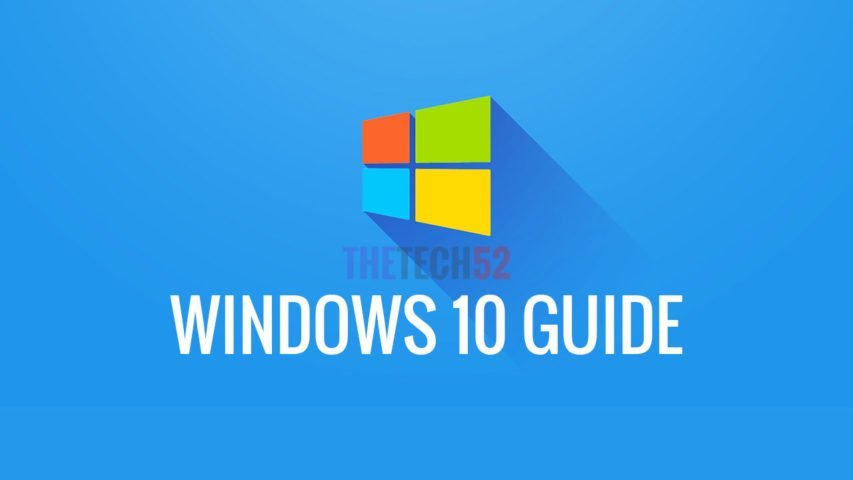Let’s talk about how to hide Recent Files from Quick Access in Windows 10. In Windows 10, the Favorite option has been replaced by Quick Access. The Quick Access is present at the top of the left pane of the File Explorer. It has two sections, namely Recent Folders and Recent Files. These two sections have the recently opened folders and files respectively. When File Explorer is opened then the Quick Access will be showed. So it make sometimes be necessary for you to hide some of the files for privacy purpose.
Let’s See How to Hide Recent Files from Quick Access in Windows 10
- Open File Explorer (or Press Windows Key + E)
- Click on File at the top left
- Select Change folder and search options
- A Folder Options dialogue box opens. Click on the General tab
- Under Privacy section, uncheck Show recently used files in Quick Access
- Uncheck the Show frequently used a folder in Quick Access to hide the frequently used folders from Quick Access
- Click on Apply
- Click OK
- Close File Explorer and open again to see the changes
You may wish to change the setting to open This PC instead of Quick Access when File Explorer is opened. In that case below are the steps to guide you to change the settings.
- Open File Explorer (or Press Windows Key + E)
- Click on File at the top left
- Select Change Folders and search options
- A Folder Options dialogue box opens. Click the drop down menu in front of Open File Explorer to
- Select This PC
- Click Apply
- Click OK
- Close the File Explorer and open it again
- Now you will see This PC instead of Quick Access
That hides your recently accessed files from being showed up when the File Explorer is opened. That’s all about how to hide Recent Files from Quick Access in Windows 10. Check out How to check PowerShell version in Windows 10.
